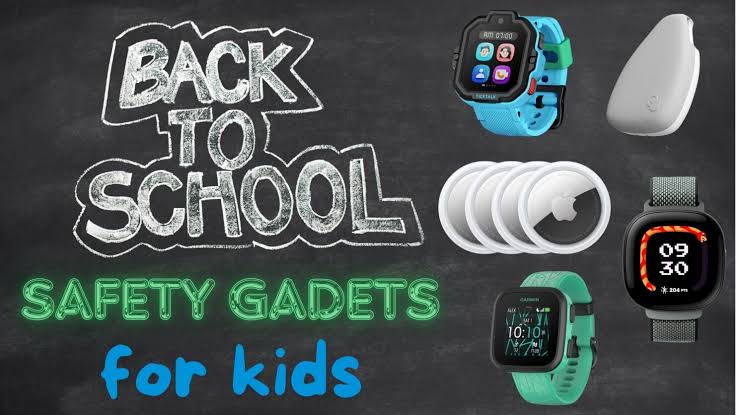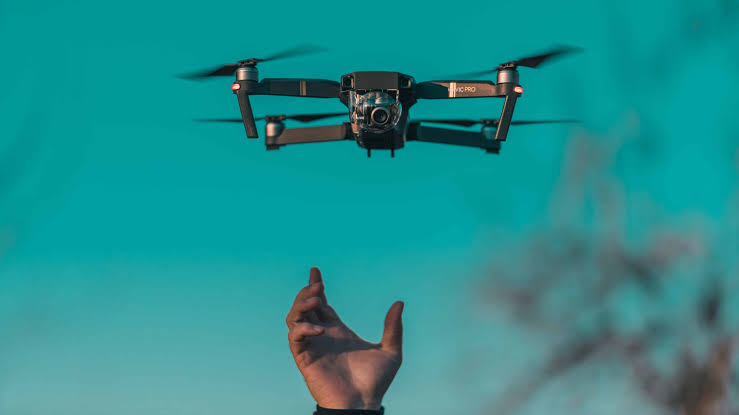Education is undergoing a profound transformation, and at the heart of this shift is the integration of smart gadgets designed specifically for children. As of July 2025, smart technology has become more adaptive, interactive, and engaging, catering directly to the learning needs of the digital-native generation. These gadgets go far beyond traditional e-learning tools. They now include voice-enabled AI tutors, smart toys with embedded sensors, AR learning headsets, and educational robots that support both cognitive development and creative expression.
With their intuitive interfaces and real-time feedback systems, smart gadgets are reshaping how children absorb, interact with, and apply knowledge. More importantly, they are democratizing access to quality education regardless of location or learning pace.
Key Benefits of Smart Gadgets in Children’s Education
Smart gadgets are doing more than adding novelty—they’re solving long-standing problems in the education sector. Their impact is visible across multiple dimensions:
- Personalized learning experiences
- Increased student engagement
- Real-time performance tracking
- Improved access for remote and underserved learners
- Better alignment with 21st-century skills
Let’s explore how these benefits play out through the most current technologies shaping the educational future for children.
Personalized Learning with AI-Powered Tools
Every child learns differently, and AI-enabled smart gadgets now cater to these individual differences with remarkable precision.
Adaptive Learning Tablets and Apps
- Devices like Amazon’s Fire Kids Pro and Lenovo’s EdVision tablets now come with AI platforms that tailor content based on a child’s strengths, weaknesses, and learning pace.
- These apps adjust question difficulty in real time, ensuring neither boredom nor frustration sets in.
Voice-Enabled AI Tutors
- Gadgets such as the Miko 4 robot or the AI-powered LeapFrog assistants provide voice-based learning sessions in math, science, reading, and more.
- These tutors give children a sense of companionship while delivering lessons and answering questions on demand.
Learning Analytics Dashboards
- Parents and teachers receive detailed reports on a child’s progress via connected apps, allowing timely interventions when necessary.
Enhanced Engagement Through Gamification and Interactivity
The use of interactive elements like animations, voice commands, and rewards systems keeps children deeply engaged and motivated.
Educational Smartwatches and Wearables
- Devices like Garmin Bounce or TickTalk 5 allow children to access quick lessons, reminders, vocabulary builders, and habit trackers.
- These gadgets combine fitness tracking with brain games, promoting both physical and mental health.
Gamified Learning Platforms
- AR-based platforms like Osmo and Boddle Learning turn basic math, spelling, and coding into immersive adventures.
- These systems reward progress with badges, unlockable content, or virtual currencies that maintain a sense of achievement.
Smart Toys That Teach
- Products like the Cubetto robot (for coding basics) or Cozmo 2.0 (AI robot friend) encourage hands-on exploration in subjects such as logic, mechanics, and language.
Immersive Learning Using AR and VR Gadgets
Immersive technology is redefining how abstract or complex concepts are introduced to young minds.
Augmented Reality (AR) Learning Kits
- Kits like MERGE Cube and Wonderscope allow kids to visualize solar systems, human anatomy, or historical events in 3D.
- Children can manipulate digital content through gestures or voice commands, making learning tactile and intuitive.
Virtual Reality (VR) Headsets for Kids
- Safe VR experiences, such as those offered by ClassVR or PICO Kids, provide guided educational journeys—from walking through the Great Wall of China to diving into a coral reef ecosystem.
- Teachers can monitor and control the content remotely, ensuring an age-appropriate and curriculum-aligned experience.
Coding and Robotics for Early STEM Development
The push toward STEM education has led to a surge in coding and robotics kits tailored for children as young as four.
Programmable Robots
- Kids learn sequencing, problem-solving, and logic through bots like Botley 2.0, LEGO Spike Prime, and Makeblock Codey Rocky.
- These bots use visual-based coding interfaces, eliminating the need for advanced reading skills.
Smart Building Sets
- Kits like Kano PC and Snap Circuits allow children to physically build computers, circuits, and sensors while understanding the underlying science behind them.
- These tactile systems bridge the gap between digital and physical learning.
Supporting Social and Emotional Learning (SEL)
Beyond academics, smart gadgets are increasingly being used to foster emotional intelligence and social skills.
Emotion-Detecting Smart Assistants
- Devices like Woebot Kids or Moxie provide emotional check-ins, mindfulness exercises, and coping strategies for stress or anxiety.
- These AI companions are trained to recognize speech cues and facial expressions to respond empathetically.
Role-Play and Storytelling Gadgets
- Smart puppets and narrative-building apps encourage empathy and collaboration by allowing kids to create characters and simulate different social scenarios.
Accessibility and Inclusivity Through Smart Devices
One of the most promising aspects of smart educational gadgets is how they improve inclusivity for learners with different abilities and backgrounds.
Smart Devices for Children with Disabilities
- Gadgets like the OrCam Learn for dyslexic students or the Ava app for deaf children use AI and voice-to-text technology to bridge learning gaps.
- Tactile tablets with haptic feedback now support visually impaired learners to explore shapes and maps.
Multilingual Learning Devices
- Many apps and smart books now support instant translation, making it easier for bilingual households or immigrant children to learn in their native and second languages simultaneously.
Safety, Privacy, and Ethical Concerns
Despite their benefits, smart gadgets in education raise important concerns that must be addressed moving forward:
- Data privacy: Children’s personal learning data is highly sensitive. Strong encryption and parental controls are essential.
- Screen time management: Overuse of screens can have adverse health effects, which is why many devices now include usage limiters and digital wellness tools.
- Equity of access: While urban and affluent communities may benefit most, efforts must be made to expand access in rural or underserved areas.
What the Future Holds: Trends Beyond 2025
Looking ahead, the future of smart gadgets in children’s education points toward even deeper integration with human-like AI and real-world simulations.
- Holographic tutors that offer life-like interaction with historical figures, authors, or scientists.
- Brain-computer interface (BCI) learning gadgets that adapt lessons based on neural feedback.
- Cloud classrooms powered by 6G connectivity, offering global education hubs in the metaverse.
- Sustainable gadgets built from recycled materials and powered by solar energy, designed for low-resource settings.
Conclusion: Nurturing Future Minds Through Innovation
Smart gadgets are not replacing teachers or schools—but they are revolutionizing how children engage with knowledge. By supporting personalized instruction, hands-on STEM learning, emotional development, and global accessibility, these tools are helping shape a generation that’s not only smarter but also more self-aware, creative, and adaptable.
As we progress beyond 2025, the challenge will be to ensure that innovation remains equitable, ethical, and centered on children’s well-being. If done right, the future of smart gadgets in education promises to be both exciting and empowering—for every learner, everywhere.




Smart gadgets are transforming children’s education by enabling personalized learning, boosting engagement through gamification and interactivity, and expanding access for diverse learners, including those in remote or underserved areas.